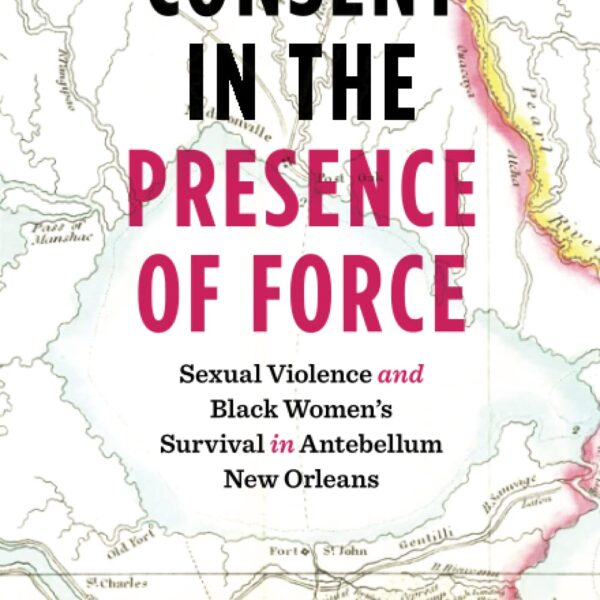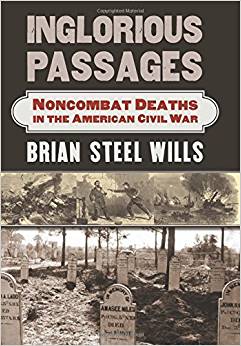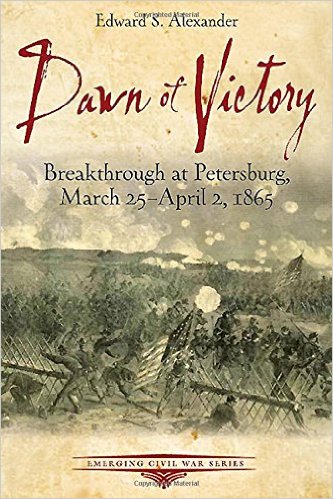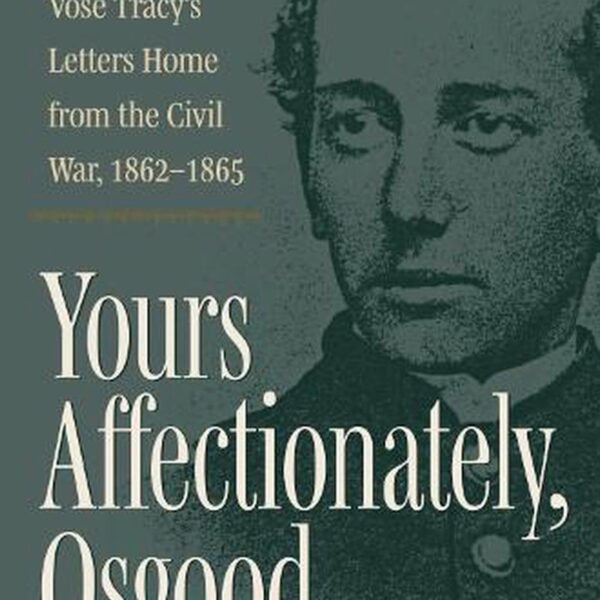Recalling Deeds Immortal: Florida Monuments to the Civil War by William B. Lees and Frederick P. Gaske. University Press of Florida, 2014. Cloth, ISBN 978-0-8130-4996-0. $44.95.
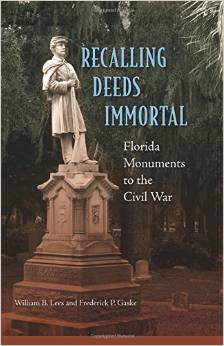 For well over a century, Floridians have debated the role and memory of their state’s local and national significance in the American Civil War. As William B. Lees and Frederick P. Gaske amplify in Recalling Deeds Immortal: Florida Monuments to the Civil War, the debate erupted in the wake of the conflict itself and has continued through the present day in various venues, including the arguments for and the placement of commemorative stone and bronze monuments in Florida and elsewhere. In their methodical inventory of these monuments, the authors concentrate on one hundred placements in the Sunshine State and eight placements in other states. Ironically, the first monument appeared in Florida in 1866 to commemorate the Union casualties of the bloody battle of Olustee (or Ocean Pond to the Confederates) on February 20, 1864. Subsequently, Floridians created numerous monuments to commemorate their dead and wounded, and just as aggressively opposed the placement of Union-orientated monuments. The latest such incident occurred in 2013, as the Sons of Union Veterans of the Civil War moved to erect a commemorative marker at the Olustee Battlefield Historic State Park, long considered a place of special veneration by Southern heritage groups (and now neo-Confederates) seeking to reinforce the “Lost Cause” historical narrative.
For well over a century, Floridians have debated the role and memory of their state’s local and national significance in the American Civil War. As William B. Lees and Frederick P. Gaske amplify in Recalling Deeds Immortal: Florida Monuments to the Civil War, the debate erupted in the wake of the conflict itself and has continued through the present day in various venues, including the arguments for and the placement of commemorative stone and bronze monuments in Florida and elsewhere. In their methodical inventory of these monuments, the authors concentrate on one hundred placements in the Sunshine State and eight placements in other states. Ironically, the first monument appeared in Florida in 1866 to commemorate the Union casualties of the bloody battle of Olustee (or Ocean Pond to the Confederates) on February 20, 1864. Subsequently, Floridians created numerous monuments to commemorate their dead and wounded, and just as aggressively opposed the placement of Union-orientated monuments. The latest such incident occurred in 2013, as the Sons of Union Veterans of the Civil War moved to erect a commemorative marker at the Olustee Battlefield Historic State Park, long considered a place of special veneration by Southern heritage groups (and now neo-Confederates) seeking to reinforce the “Lost Cause” historical narrative.
Emblematic of the long-contested recollection of events in this onetime Confederate state—the third to secede—the Sons of Confederate Veterans took their opposition to a sympathetic state legislature, arguing that the proposed Union construction was nothing more than a “special monument to invading Federal forces . . . that will disrupt the hallowed grown [ground] where Southern blood was spilled in defense of Florida” (291). As reported in the New York Times, “Blue and Gray Still in Conflict at a Battle Site: Monument for Union Troops Draws Fire” [January 17, 2014], the debate over the placement of a new Union monument near the Confederate one at Olustee underscored not only the present tensions and arguments over Florida’s role to exculpate itself from an embarrassing Union defeat, but also many of the recurring thematic issues characterizing the commemorative monument movement in Florida since its inception in 1866. As suggested in the New York Times article, published since the release of Recalling Deeds Immortal, these are present and growing issues that the general public should contemplate.
In addressing the historical and physical presence of these historical monuments and themes in the Sunshine State, Lees and Gaske—one with a background in archeology and the other in state historical preservation—provide a sort of monument taxonomy in Florida that includes brief background discussions of Florida’s distant and extant monuments. In the authors’ words, “Many of these are, of course, embodiments of the Lost Cause narrative, but they are also eloquent sentinels of a significant period in our history” (xvi). Essentially, this work builds on this notion (although many readers will quibble about whether or not the monuments are “eloquent sentinels”) and elucidates the movers and shakers that over time have manufactured the “Lost Cause” scenario in the state once characterized by Whitelaw Reid as “the smallest tadpole in the dirty pool of secession.”
The major architects of the monument movement in Florida to create and sustain the “Lost Cause” narrative will be familiar groups to historians and chroniclers of monument movements in other once-Confederate states. These groups are often proponents of Southern heritage and the social values of the Old South, and self-identified descendants of Confederate loyalists and combatants. Notably representative of these groups are the Ladies’ Memorial Associations, the United Daughters of the Confederacy, the United Confederate Veterans, the Sons of Confederate Veterans, and a smattering of local “patriotic” groups, re-enactors, cemetery restorers, and, most recently, those who fly giant Confederate battle flags adjacent to some of the major roadways in Florida. All of them seem to be motivated by the desire to foist their concept of cultural heritage and relativism on a general public that, as the authors find, may not always share their viewpoints (303).
While the authors have succeeded in compiling their taxonomy of monuments in the Sunshine State, they have been less successful in contextualizing these historical markers within broader intellectual inquiries into the place of Civil War symbolism in Dixie and the debates over “who owns the memory of the Civil War,” to borrow a phrase from David Blight. While the authors do address historical causation and relativism, these sections are generally presented as background and syntactical references rather than as scholarly contextualization. Many readers will learn much about the sponsors of the monument movements in Florida, and even the materials and craftsmen of the structures, but will learn substantially less about local decision-making and financing efforts that preceded the structures and the possible political forces that informed the movements. Similarly, some scholars may like a more thorough exploration into whether the monuments are, and have been, expressions of propaganda—erroneous historical waymarks that have transformed rebels into patriots. Moreover, to what extent, if any, has monument building in states like Florida shaped the historical perception and related behavior of youth, newcomers, educators, foreign visitors, and progressive and reactionary politicians? That is to say, how have monuments and their symbolism affected the everyday behavior of the states of Dixie? These probing issues demand deep analysis that will certainly evolve from foundational works such as Recalling Deeds Immortal.
Irvin D.S. Winsboro is a recipient of Florida Gulf Coast University’s Senior Faculty Scholarship Excellence Award and the editor of Florida’s Civil War: Explorations into Conflict, Interpretations, and Memory.

